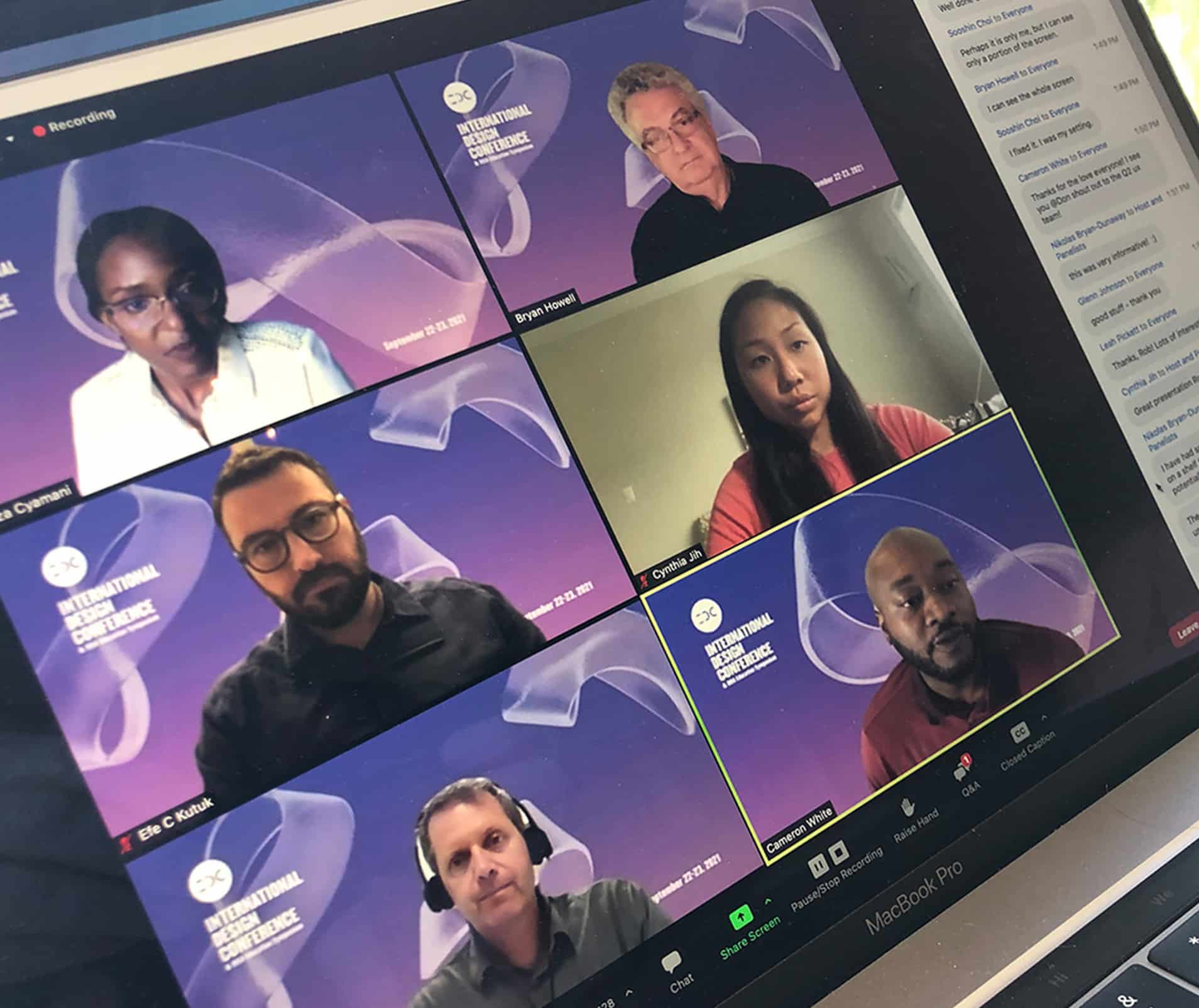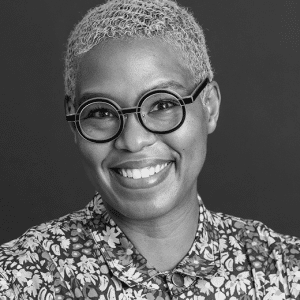2021 Education Symposium
September 22, 2021
Virtual Event

Breaking Down Barriers
This year’s Education Symposium theme addressed the theme of “BREAKING DOWN BARRIERS to foster collaborations for systemic change.” The theme was adapted from the changes observed in the industrial design professional and education settings and aimed to capitalize on shifts brought by the current pandemic as well as access to design practices across the globe.
A new tradition: We kicked off the symposium by acknowledging the traditional territories from which we called in. Aziza called in from the Pawnee territory in Lincoln, Nebraska, Carly from the Potawatomi in Kalamazoo, Michigan, Bryan called in from the Ute, Piute, and Goshute regions in Provo, Utah, and Verena called in from the Iowa territory in Ames, Iowa. We sincerely hope to continue these acknowledgments for all IDSA events in the future.
This year, we also expanded the academic conference committee to include three invited organizing members, greatly enhancing the event structure and content quality while decreasing the workloads placed on the organizers.
Types and modalities of contributions
We invited contributions from design education and practice and from across the disciplines. This year, we made some changes to how we categorized papers providing a clearer and broader structure, and introduced a new visual paper modality:
- Research papers: This modality included papers built on empirical investigative methods presented in the traditional education research paper format.
- Visual papers: Visual research papers were a new (to IDC) modality, which followed the same classic research structures as written research papers; with an introduction, method, experiment, results, discussion, and conclusion, but were constructed primarily using sketches, images or other non-written forms of communication.
- Case studies: These types of contributions conveyed elaborative investigations centered upon one specific area or topic within the academic or professional realms.
- Design letters: These types of contributions encompassed thought pieces that were not necessarily built on empirical research, but addressed concepts or ideas, pushed boundaries, or shared thought-provoking content.
All initial contributions went through at least three blind reviews, which culminated into three academic research papers, three student research papers, five case studies, and two design letters presented during the conference. Of these, three were visual papers.
Leaning on what we have traditionally done and what we learned from last year’s first virtual Education Symposium, we had two rounds of Rapid Fire 7-minute presentations, which were followed by a joint Q&A. Our speakers ranged from recently graduated master’s students to educators and practitioners, covering all new paper modalities. Wehad two workshops and a panel discussion during the three break-out sessions, and we wrapped the symposium up with a joint keynote with Lextant and SCAD. Throughout the conference, we had a steady audience stream of up to 140 participants.
Education Chair – Verena Paepcke-Hjeltness, IDSA
Co-emcee – Aziza Cyamani, IDSA
Co-emcee – Carly Hagins, IDSA
Co-emcee – Bryan Howell, IDSA
Speakers
Nottingham Trent University
Huge
University of Nebraska – Lincoln
SCAD
Lextant
Western Michigan University
SCAD
Brigham Young University
MedStar National Rehabilitation Network
Kean University
MIT
dext
Western Washington University
Lextant
The Ohio State University
Verena Paepcke-Hjeltness, IDSA
Iowa State University
University of Notre Dame
Drexel University
Carleton University



















